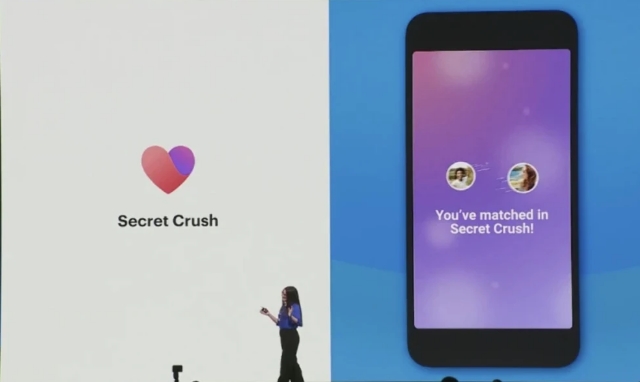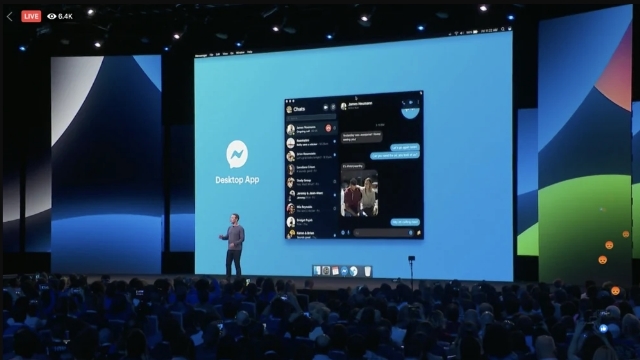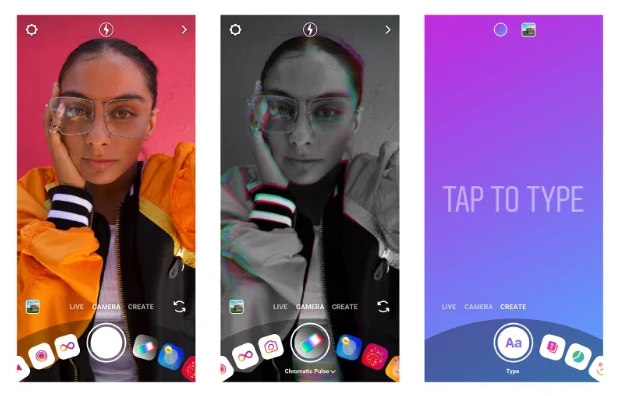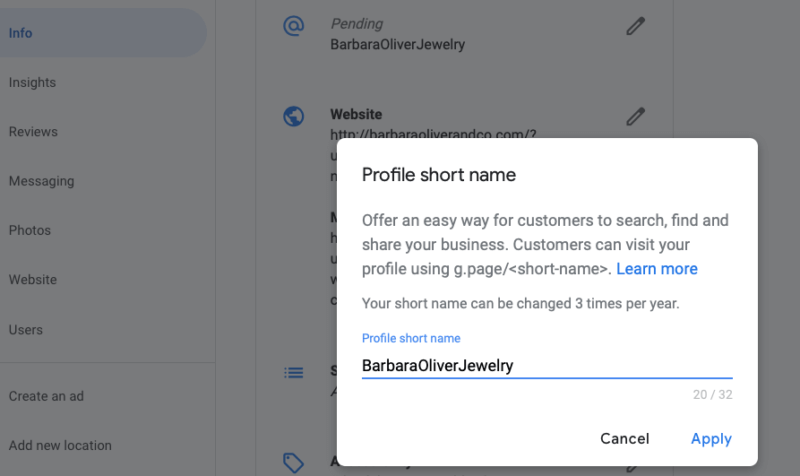When it comes to growing your business on social media, everyone automatically starts thinking about Facebook. That’s great if you have a brand which suits that platform, like a clothing brand, athletic equipment company, or content publishing website.
For B2B companies, though, it may not be the most useful.
In fact, you might be better served by another platform entirely: LinkedIn.
Despite its reputation as an “online resume site”, LinkedIn has proven itself as a powerful platform for connecting businesses, finding leads, and increasing sales.
It is so powerful that one study found that 92% of B2B marketers agree that LinkedIn is the best place to win leads and 64% of corporate website visits come from the platform.
If this has got you intrigued, I want to share a few quick tips you can use to start improving your LinkedIn presence today:
1) Your Personal Profile is as Important as Your Business Profile
This one might seem a little odd to those coming from other social networks like Twitter or Facebook.
On those sites, you can typically keep your personal profile completely separate from your professional pages without any issue.
On LinkedIn, you are expected to interact as a representative of your current company. As such, it is important for you to put just as much, if not more, effort into maintaining your personal profile compared to your company’s profile.
2) Share Content
If you want to engage with the community on LinkedIn and make a name for yourself, you have to start speaking their language. Coincidentally, the language of LinkedIn is content.
Passionate business owners and representatives use the site to talk about their experiences, share tips, and otherwise “talk shop”.
If you want to stick out, you have to start sharing your own tips and information, commenting on theirs with your own thoughts, and start being a part of the conversation.
3) Follow Up With Real-World Connections
How often do you meet someone who seems like a great prospect, exchange business cards, and then let that person disappear into the ether – never to be heard from again?
Whether it’s a guest at a networking event you recently attended, a friend-of-a-friend, or a prospect you spoke to the other day, there is always a good chance you can find them on LinkedIn.
This will not only give you the ability to touch base with a prospect you let fall away not too long ago, but it will help you constantly prove your value to potential customers until they eventually need you.
Make a practice to connect with any professional acquaintances you make to keep in touch with them and keep your brand in their mind.
4) Join or Start Groups
Another great way to get in on the discussion with other people interested in your industry is with LinkedIn Groups.
This is where people have a more focused conversation, asking for help with problems or sharing the latest news in your market. There are tons of groups out there for you to join in with pre-established audiences of other professionals in your industry, or you can always choose to start your own group and really position yourself as an authority.
LinkedIn has grown a long way from the small little resume listing site it may have started as. These days, it is a central hub for both businesses and professionals from all industries around the world to connect and establish their reputation. Most importantly, it has also shown that it can be a reliable source of leads and revenue.









